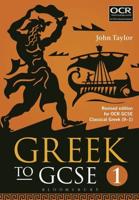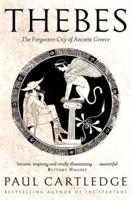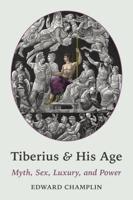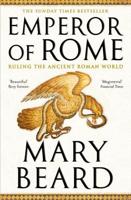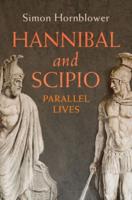Publisher's Synopsis
The book deals with the legitimation of rulership of the Babylonian king during the festivals of the cultic calendar. The Babylonian ruler had to obtain divine confirmation of his rule twice a year during the New Year's festivals at the spring and autumn equinoxes. Royal legitimation was therefore not a unique act, but rather a constant process during the king's reign. The sequence of events in both New Year's festivals reflect each other. On the eighth day of the month of Nisannu in spring and on the eighth day of the month of Tar?tu in autumn the most important gods of the pantheon decreed the fate of the king, for example Marduk in the city of Babylon or Anu in the city of Uruk. Then the gods, accompanied by the king, left their temples and moved in procession to their so-called akitu-houses outside the city. The spring festival in particular has received much attention in the last decades, not only in Assyriology but also in the History of Religion. Interest in the spring festival has usually focused on a peculiar ritual sequence of status reversal: The Babylonian king entered the temple of the god Marduk and was divested of his royal insignia by the high priest. The priest slapped the king's face and made him recite a negative confession of his sins, that is, that he had not neglected the rites and the temples of the gods or the privileges of the citizens of Babylon. Only then did the priest present the insignia to the king, again slapping his face until the tears ran. A temporary status reversal including the removal of the king's insignia also took place during the autumn festival: The king was divested of his royal insignia and stayed for one night in a so-called "prison" of reeds in the steppe. Until now, however, little was known about the autumn festival. The present book focusses on the rituals of the New Year's festival in autumn in the month of Tar?tu and presents new data and evidence. Claus Ambos has identified a cluster of rituals which served to prepare the king for his appearance at the festival; these rituals are, among other, a ritual against a malevolent death spirit and other demons, and the ritual "House of Sprinkling Water" (bit sala' me).

